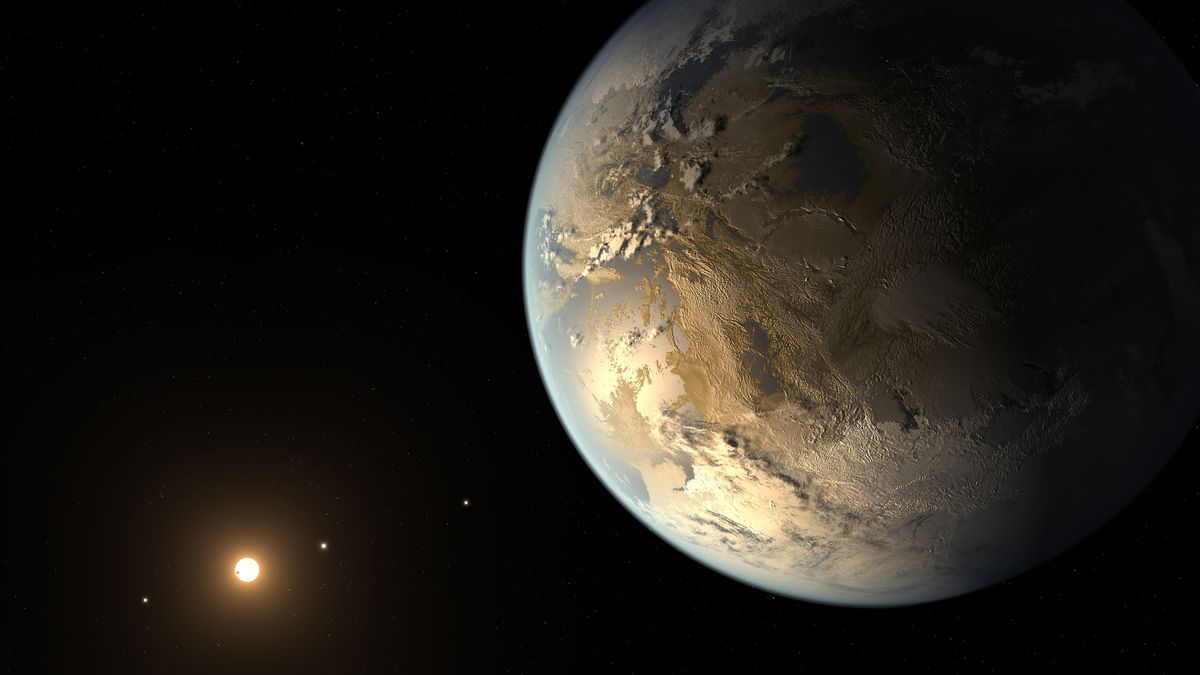A new study reveals that a group of icy bodies in the solar system's Kuiper belt may not, as previously thought, indicate the presence of a ninth planet, according to a report by Nature.
Believers in a ninth planet point to six large-orbit bodies in the Kuiper belt, a circumstellar disc that extends from the orbit of Neptune to roughly 50 AUs (one AU is the distance from the sun to Earth) from the sun. In 2016 and 2017, two groups of researchers, including some from Caltech and the University of Arizona, theorized that the way in which those bodies are clustered together in two separate groups suggests they are being pulled by the gravity of an unseen planet beyond Neptune. If such a planet is present, some speculated that it could have ten times the mass of Earth and would have been twice as far away from it as Pluto, or perhaps further.
Now scientists at the Outer Solar System Origins Survey (OSSOS), which found the original objects, are claiming that their analysis of four of those bodies has failed to reveal the influence of a ninth planet. Astronomer Samantha Lawler at the National Research Council Canada in Victoria believes that observers who thought the icy bodies were clustered in a way that could reveal a ninth planet may have made mistakes.
"They were building this entire argument around six objects with unknown biases in how they were detected, which is a very dangerous game to play," Lawler told Nature.
That said, astronomer Renu Malhotra from the University of Arizona in Tucson says that OSSOS's new study doesn't actually disprove the presence of a ninth planet, telling Nature that data from superior telescopes will be needed to draw a certain conclusion.
"We are really working at the margins of what’s technically feasible with the outer Solar System observations. We’re really pushing the boundaries of what’s possible to detect," Malhotra says.

Shares